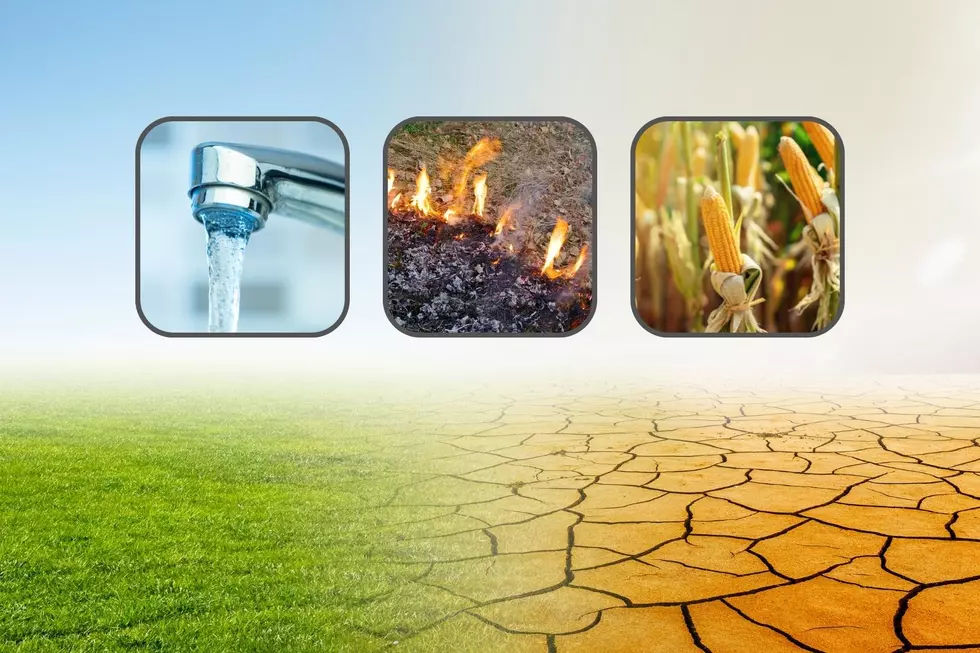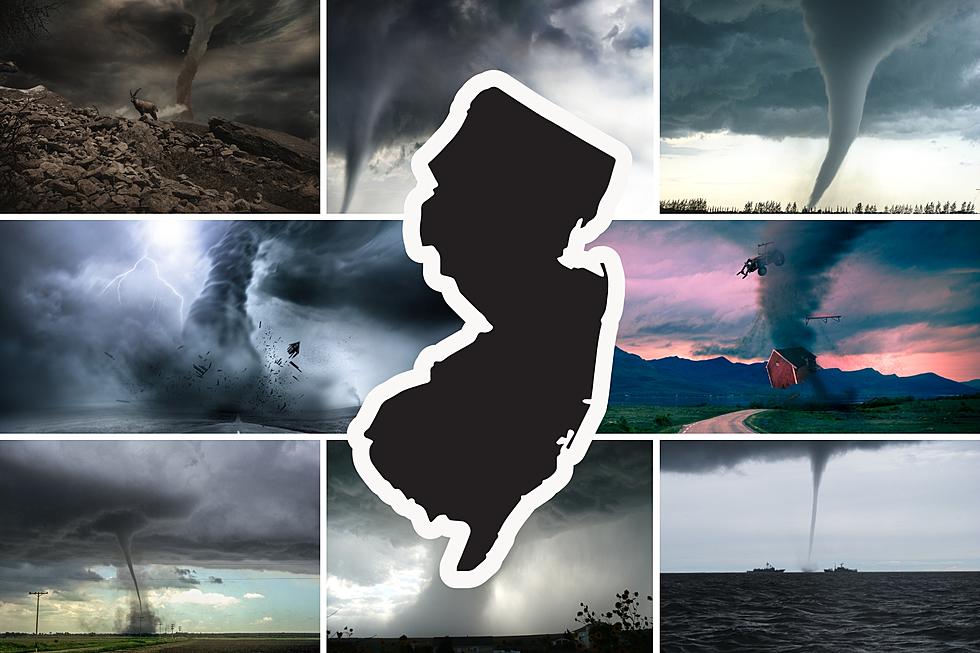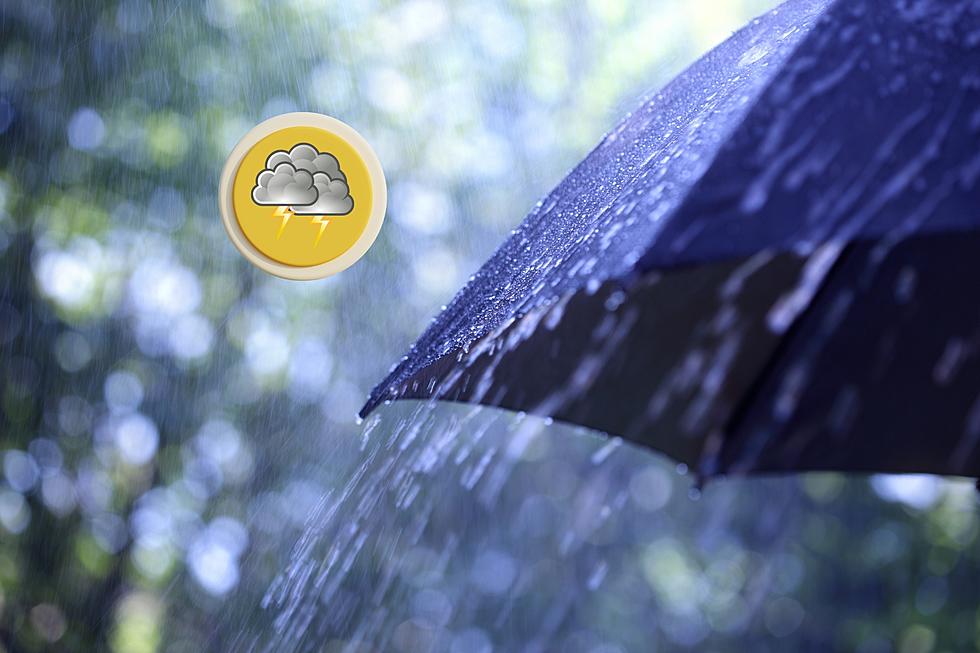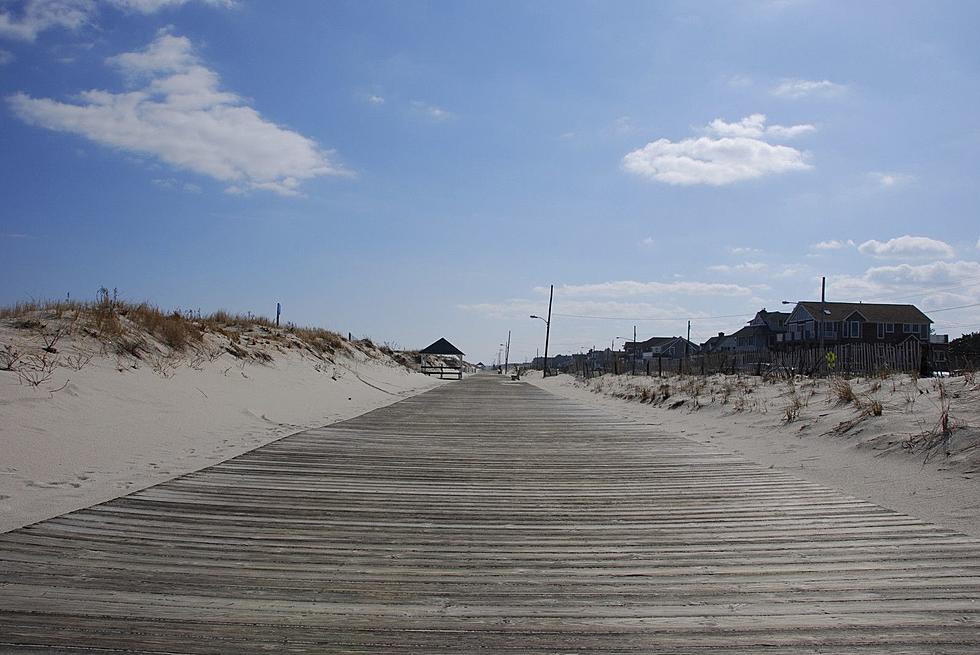
NJ drought 101: The truth about 3 dry weather impacts
About Drought
Over the past few weeks, it has become more and more apparent that New Jersey's extended stretch of unusually dry weather is starting to take its toll.
Earlier this week, I ran through all the latest numbers in a special drought update. As of this writing, 12% of New Jersey is officially classified in "Moderate Drought," with an additional 57% of the state's area designated as "Abnormally Dry".
The bottom line: There's no need to panic just yet, but we are teetering on the edge of drought impacts.
This article does not go into much detail about our current scenario. Instead, I want to focus on some "what ifs" — largely looking at worst-case scenarios. It is important to note that drought is usually a long-term spiral — more of a "climate event" than a "weather event". However, these impacts can arrive suddenly, and the effects can vary in severity by specific location.
So let's do it. The traditional trio of precarious drought impacts are: Water, Fire, and Earth.

Water: Hydrological Impacts
When the weather dries up, 9 million New Jerseyans get thirsty in a hurry.
OK, that is incredibly overdramatic. But when drought is imminent, many immediately think of water levels and impending restrictions. (Even though available drinking water is probably the least of our drought-related concerns.)
Let's check on New Jersey's reservoirs.
The situation is certainly not dire yet. The red dots indicate the observed water level. It is trending right along the long-term average (the grey line with yellow dots). However, we are not running with a surplus or buffer.
New Jersey American Water, the state's largest water company, has already proactively asked for voluntary water conservation in seven New Jersey counties.
If dry weather continues and reservoir levels reach critical levels, those restrictions are likely to expand and become mandatory.
Such rules will not only affect lawn-watering and car-washing, but also the recreation and transportation industries too. One very distinct memory I have of New Jersey's last significant drought in 2002 was the huge fountain at Six Flags Great Adventure (among other places) turned off for the summer. We are coming to the end of the summer season, but in a worst-case scenario, the filling of swimming pools and water slides can be strictly controlled.
In extreme drought, lakes may dry up so much that boat traffic becomes impossible. And the meteorological companion of drought — heat — can affect road conditions and rail lines too.
Fire: Wildfire Danger Impacts
The unholy trinity of wildfire danger: Low Humidity + High Wind + Dry Fuel = Explosive Wildfire Growth
It's that last piece of the puzzle that becomes more prominent during a dry spell. And it doesn't even have to be a full-on drought for dry brush to become highly flammable. (Or inflammable, if you prefer.) The Pine Barrens cover over a million acres of New Jersey — 22 percent of the state's total land area. One little spark in the middle of a drought can rapidly turn into a disaster.
If conditions become dry enough, fire and forest officials may limit campfires and any outdoor burning. (No such restrictions are in place as of this writing, according to the NJ Forest Fire Service.)
Of course, if water supply becomes limited due to lack of precipitation, available water can become an issue for firefighting efforts. This has been a very real struggle for states in the western U.S. over the last few years. Although it's hard to think about the same dramatic fires here in New Jersey, the danger is very much present during dry times.
Earth: Agricultural Impacts
This is the category your dormant, brown lawn and your wilting, molting trees fall into.
Much more importantly, New Jersey's nine thousand plus farmers and growers are starting to sweat as drought becomes more and more imminent and more serious. The "Garden State" is looking less green with every dry day that passes.
As you might suspect, in times of drought, water availability quickly becomes a problem for crop irrigation and livestock hydration.
Water quality can also be an issue, leading to "altered rates of carbon, nutrient, and water cycling" according to Drought.gov. Even insect behavior changes during extended dry stretches.
Keep in mind, we have some major crop harvests coming up in New Jersey as summer turns to fall, including corn, grapes for wine, apples, cranberries, pumpkins for Halloween, and evergreen trees for Christmas.
Any challenges in the agricultural world will absolutely filter down to your family's wallet. As the availability of produce goes down, prices goes up. And that is on top of an already-strained supply chain and inflationary economy.
In Conclusion
According to the United Nations Office for the Coordination of Humanitarian Affairs (OCHA), drought was directly related to 650,000 deaths worldwide from 1970 to 2019. And drought caused global economic losses on the order of $124 billion from 1998 to 2017.
Obviously, New Jersey is better hardened against drought impacts than third-world countries, for example. But still, if we're talking about worst-case scenarios from a true drought-induced "natural disaster" — the purpose of this article — we do have to consider the potential toll in both deaths and dollars.
My goal in writing about drought is to keep you informed and educated about our mounting drought concerns in the Garden State. Nothing more, nothing less. We will continue to keep you updated as our drought status is upgraded and/or downgraded. Thanks, as always, for following along.
Dan Zarrow is Chief Meteorologist for Townsquare Media New Jersey. Follow Dan on Facebook or Twitter for your latest weather forecast updates.
KEEP READING: Get answers to 51 of the most frequently asked weather questions...
LOOK: The most extreme temperatures in the history of every state
More From 105.7 The Hawk










